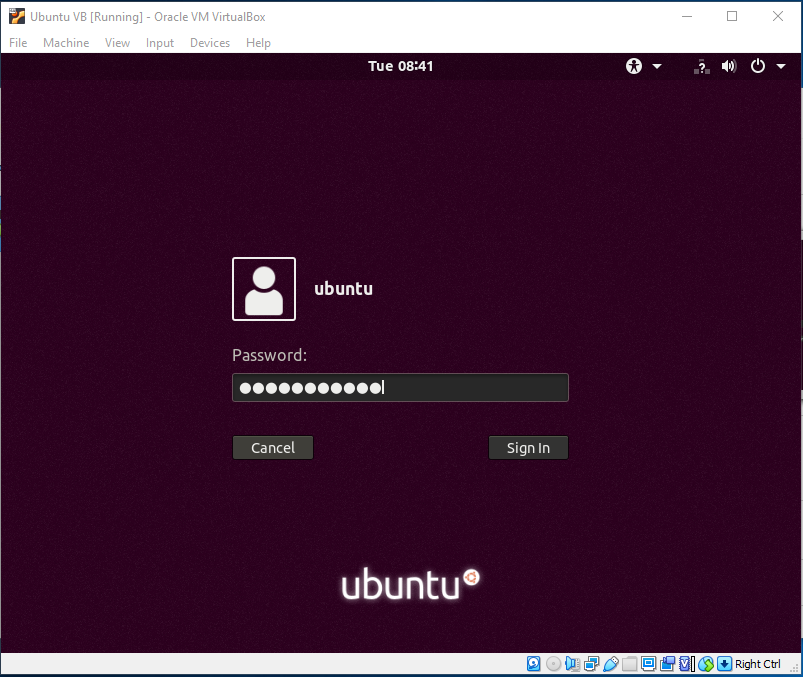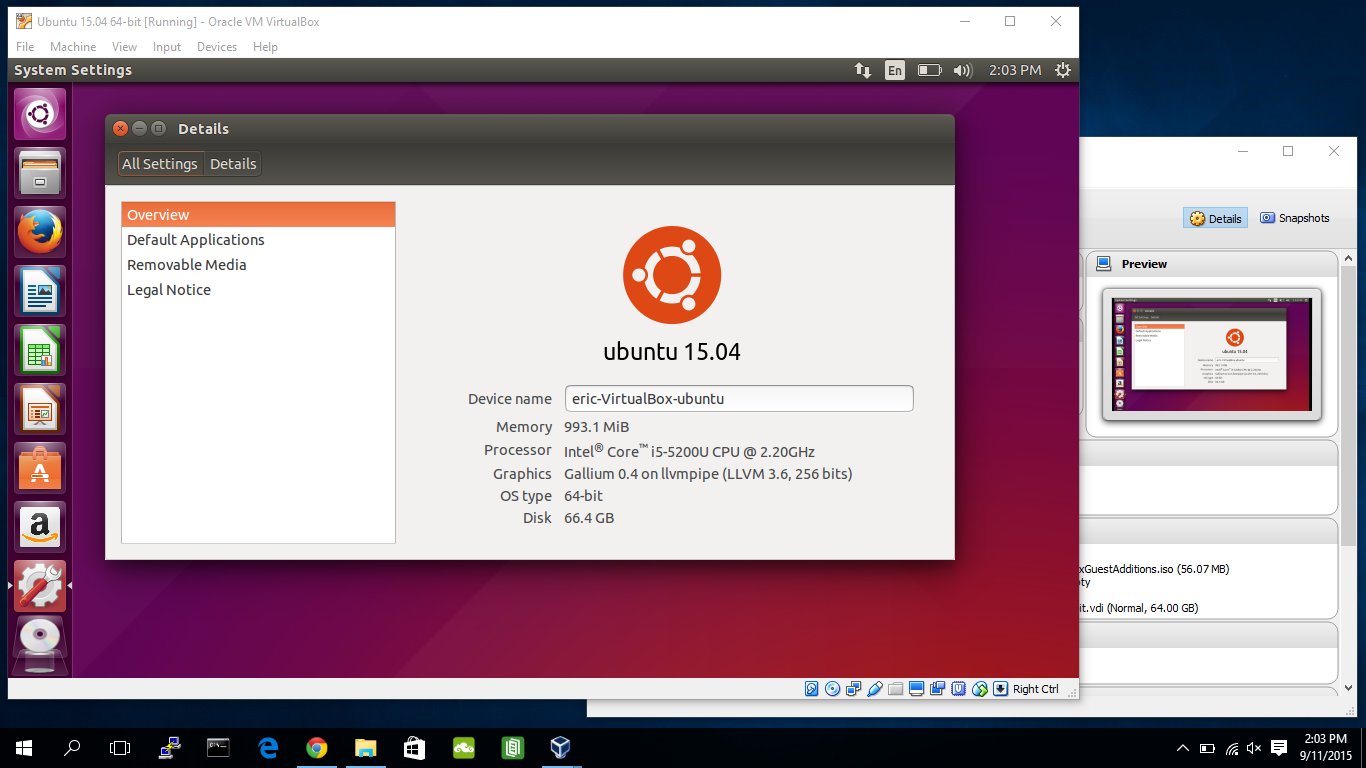

Ubuntu will work on a broader range of hardware Hardware needs to support virtualization for VM to work properly This way, users delete old operating system files and install a fresh Ubuntu version.Ĭheck out the comparison table below for the differences between applying this method and the virtual machine.Ĭan run multiple Ubuntu installations simultaneously Wiping out all the data from the hard drive is the cleanest way to install Ubuntu Desktop. How to Install Ubuntu Wiping Out the Old Operating System If you prefer a command-line interface, consider opting for a VPS solution instead. Keep in mind that these installation methods work only with desktop computers and won’t suit VPS users as we are installing Ubuntu with a graphical interface. USB port and a USB stick with at least 4GB capacity.To install Ubuntu on a desktop, your computer has to meet these requirements: Requirements for Installing Ubuntu on Desktop How to Install Ubuntu on Windows Using VirtualBox.Download Ubuntu OS From the Official Directory How to Install Ubuntu Wiping Out the Old Operating System.Requirements for Installing Ubuntu on Desktop.You will be able to create/delete/change files. Open up your terminal and run the command below :Īnd access again your shared folder. In order to access the shared folders, you would need to add your user to a group called vboxsf (there are users and groups). Read: How to manage permissions in Linux – guide for beginners If you click on the shared folder you will most likely see the error message below : Read: How to copy paste between Windows 10 and Android

You will see your shared folder but with the string “sf_” added at the beginning. Now run your Ubuntu virtualbox and open up a terminal session. The selected folder will be displayed in the Transient Folders List as shown below.

Once the folder is chosen, its full path will be inserted. You will be able to select a folder to be shared with your virtualbox. Once you click on the Folder Path drop-down list, select the ‘Other’ item. On the right hand side, click on the icon with the Add sign. Now that you have installed the guest additions, select your Ubuntu virtual machine as shown below :Īnd then click on Settings on the menu bar. If however your virtualbox runs on Windows, you may want to check this article. We have written a small article on how to do this in case your virtualbox runs on Ubuntu. This will allow you to use some cool features such copy and paste, folder sharing and mouse integration. Installing guest additionsīefore starting the sharting process, it is mandatory to install your so called virtualbox guest additions. In this tutorial, you will learn how to achieve this so that you will be able to access folders or files on your host computer from your Ubuntu virtualbox. Sometimes you need to share data files between your host computer and your Ubuntu virtualbox.


 0 kommentar(er)
0 kommentar(er)
